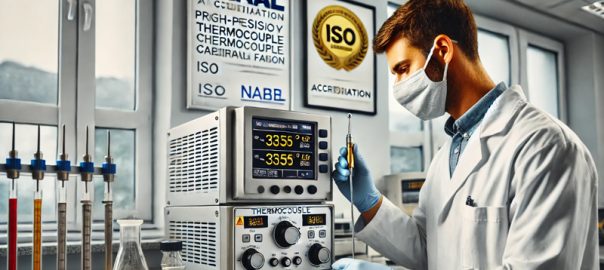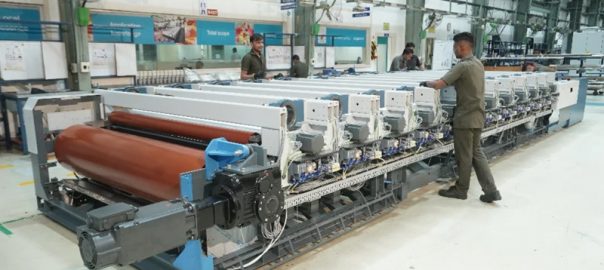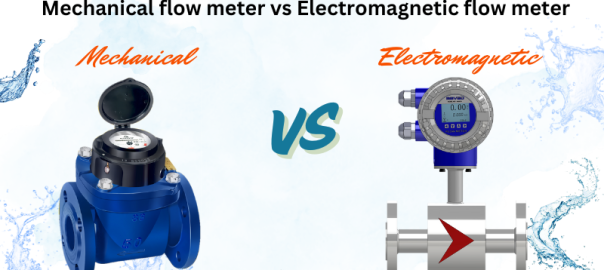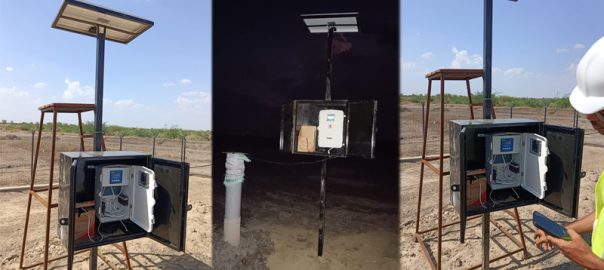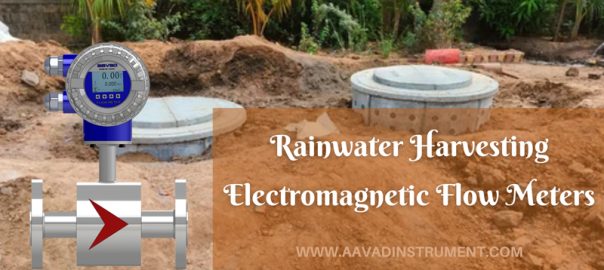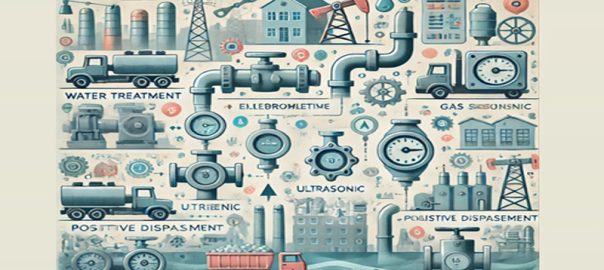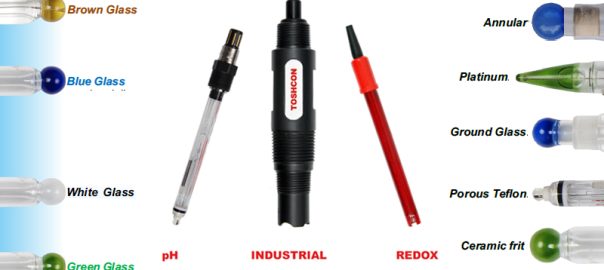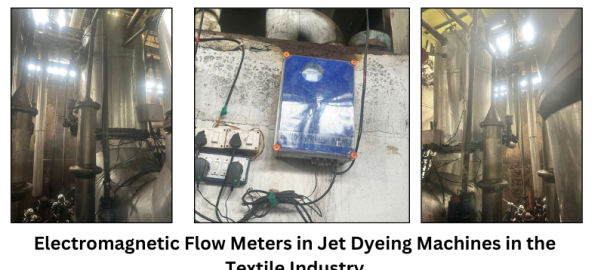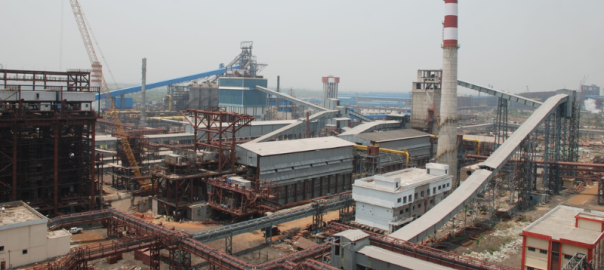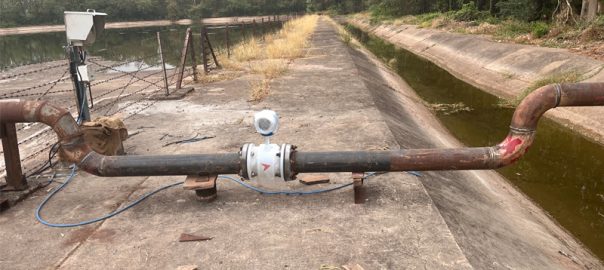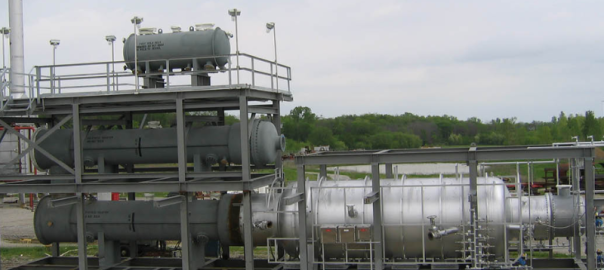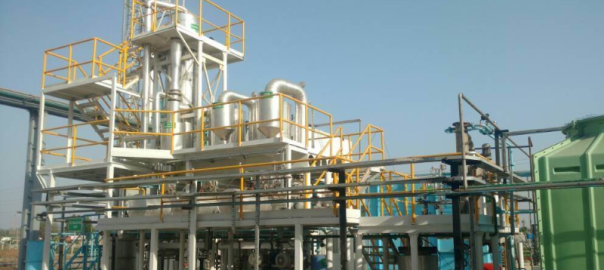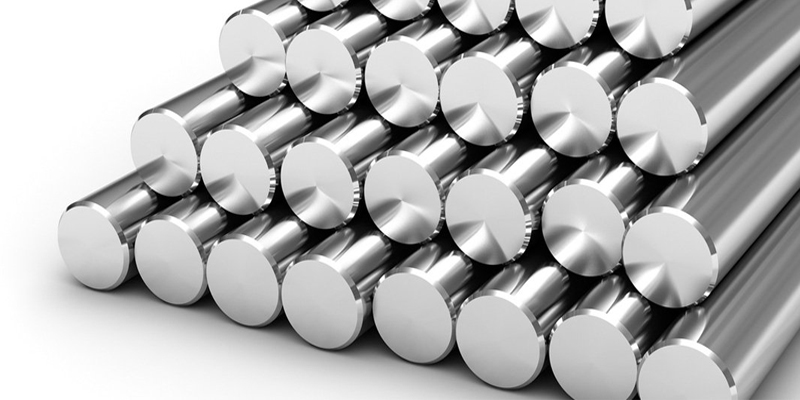
ALUMINUM
B – Maximum temperature: 600° (315°C). Commercially pure aluminum. Used in special applications requiring good thermal conductivity.
INCOLOY 800
C – Maximum temperature: 2000°F (1095°C). Widely used as heater sheath material. Minimal use in thermocouples. Superior to Alloy 600 in sulfur, cyanide salts and fused neutral salts. Susceptible to intergranular attack in some applications by exposure to the temperature range of 1000 to 1400°F (540 to 760°C).
CARBON STEEL
C – Maximum temperature: 1000°F (538°C) in nonoxidizing environments. The main areas of usage are galvanizing pots, tinning pots, molten babbitt metal, molten Magnesium, molten Zinc, and Petroleum refinery applications such as dewaxing and thermal cracking.
ALLOY 20
E – Maximum temperature: 1800°F (980°C). The generic version of Carpenter 20CB-3 was developed specifically for resistance to sulfuric acid. Also used extensively in the manufacture of rubber, solvents, gasoline, plastics, organic chemicals, and pharmaceuticals.
COPPER
F – Maximum oxidizing temperature: 400°F (205°C). Excellent thermal conductivity. Used in special applications for research and low-temperature applications.
HASTELLOY B
G – Maximum oxidizing temperature: 1000°F (540°C) up to 2200°F ( 1204°C) in a reducing or vacuum environment. This alloy offers excellent resistance to hydrochloric acid at all concentrations and temperatures. Also resistant to hydrogen chloride, sulfuric, acetic and phosphoric acids.
HASTELLOY C-276
H – Maximum temperature: 2000°F (1095°C). Widely used in chemical applications. Excellent corrosion resistance, especially in chlorinated environments. Resistant to ferric and cupric chlorides, solvents, chlorine, formic acids, acetic acids, brine, wet chlorine gas and hypochlorite.
HASTELLOY X
I – Maximum temperature: 2200°F (1205°C). Widely used in aerospace applications. Resistant to oxidizing, reducing, and neutral atmospheric conditions. Excellent high-temperature strength along with superior oxidation resistance. Resistant to stress corrosion cracking in petrochemical applications.
INCONEL 600
J – Maximum temperature: 2150°F (1175°C). Most widely used thermocouple sheath material. Good high temperature strength, corrosion resistance, resistance to chloride-ion stress corrosion cracking and oxidation resistance to high temperatures. Do not use it in sulfur bearing environments. Good in nitriding environments.
INCONEL 601
K – Maximum temperature: 2150°F (1175°C) continuous, 2300°F (1260°C) intermittent. Similar to Alloy 600 with the addition of aluminum for outstanding oxidation resistance. Designed for high temperature corrosion resistance. This material is good in carburizing environments and has good creep rupture strength. Do not use in vacuum furnaces! Susceptible to intergranular attack by prolonged heating in 1000 to 1400°F (540 to 760°C) temperature range.
MOLYBDENUM
L – Maximum temperature in air: 750°F (400°C). Melting point: 4730°F (2610°C). Refractory metal. Brittle, cannot be bent. Use only in inert, vacuum or reducing atmospheres. Most commonly used with BeO insulation and tungsten rhenium conductors. Uncompacted assemblies only.
MONEL 400
M – Maximum temperature: 1000°F (540°C) in oxidizing conditions. Nickel copper alloy with good corrosion resistance. Excellent resistance to seawater, hydrofluoric acid, sulfuric acid, hydrochloric
acid and most alkalies.
NICKEL 201
O – Maximum temperature: 2000°F (1095°C). Commercially pure wrought nickel with low carbon. Used in molten salt bath furnaces. Offers good resistance to caustic alkalines and fluorine.
TANTALUM
Q – Maximum temperature in the air: 900°F (480°C). Melting point: 5425°F (2995°C). Refractory metal. Very ductile. Use only in inert or very good vacuums – 103 torrs or better. Most commonly used with BeO
and tungsten rhenium conductors. Do not use in environments containing nitrogen above 700°F (370°C)
TITANIUM
R – Melting point: 3135°F (1725°C). Lightweight, excellent strength in the 300 to 800°F (150 to 470°C) temperature range. Excellent resistance to oxidizing acids such as nitric or chromic. Resistant to inorganic chloride solutions, chlorinated organic compounds and moist chlorine gas. Resistant to salt water spray and seawater.
446 SST
S – Maximum temperature: 2100°F(1150°C). Ferritic stainless steel has good resistance to sulfurous atmospheres at high temperatures. Good corrosion resistance to nitric acid, sulfuric acid and most alkalies. 27% chromium content gives this alloy the highest heat resistance of any ferritic stainless steel.
304 SST
T – Maximum temperature: 1650°F (900°C). Most widely used low temperature sheath material. Extensively used in food, beverage, chemical and other industries where corrosion resistance is required.
Subject to damaging carbide precipitation in 900 to 1600°F (480 to 870°C) range. Lowest cost corrosion-resistant sheath material is available.
304 L SST
U – Maximum temperature: 1650°F (900°C). Low carbon version of 304 SST (02). Low carbon content allows this material to be welded and heated in the 900 to 1600°F (480 to 870°C) range without damage to corrosion resistance.
310 SST
V – Maximum temperature: 2100°F (1150°C). Mechanical and corrosion resistance, similar to but better than 304 SS. Very good heat resistance. This alloy contains 25% chromium, and 20% nickel. Not as ductile as 304 SS.
316 SST
W – Maximum temperature: 1650°F (900°C). The best corrosion resistance of the austenitic stainless steel grades. Widely used in the food and chemical industry. Subject to damaging carbide precipitation
in 900 to 1600°F (482 to 870°C) range.
316 L SST
X – Maximum temperature: 1650°F (900°C). Same as 316 SST (04) except low carbon version allows for better welding and fabrication.
321 SST
Y – Maximum temperature: 1600°F (870°C). Similar to 304 SS except titanium stabilized for intergranular corrosion. This alloy is designed to overcome susceptibility to carbon precipitation in
the 900 to 1600°F (480 to 870°C) range. Used in aerospace and chemical applications.

